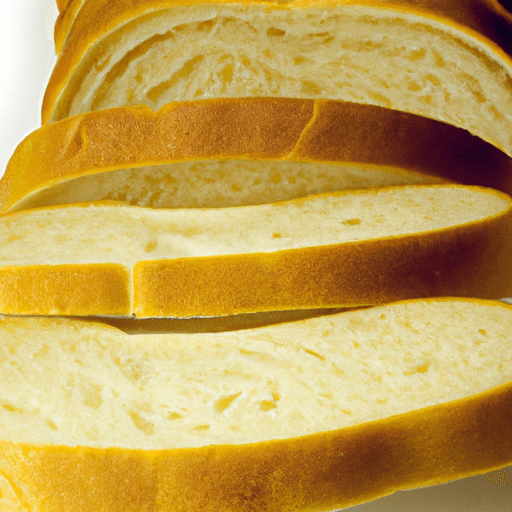| Complexity level: | 5 |
| Project cost ($): | 20 |
| Time required: | 1 hour to prepare, 8 days for the science project experiment |
| Material availability: | Easily found |
| Safety concerns: | None |
Hypothesis
Bread mold will grow more quikcly in warm and damp environments.
Overview
Bread Mold
If a slice of bread were to be left exposed for a few days, ligh- colored patchy or furry growths will be observed on its surface. This growth is called bread mold. Bread mold is actually a kind of fungus. Bread mold spores that are suspended in the air will eventually reach the surface of the bread. Once the spore lands on the bread surface, it will start to consume nutrients and moisture in the bread resulting in growth.
The spores of the fungi that grow on the bread are quite commonly found in our surroundings. There are several types of spores and they exist in different colors and shapes. This is why bread spoils very quickly. Some of the common types of fungi that grow on bread are Penicillium, Fusarium, Rhizopus, Aspergillus and Monasus.
Once the mold starts to grow on the bread, it should not be eaten. The roots of the mold will grow very deep into the bread and they will grow again even if the mold is scrapped off. The only way to prevent the bread from spoiling for a longer period of time, is to prevent the mold from growing on the bread surface in the first place. That's why refrigerating your bread is a good idea, in order to prevent the bread from getting moldy too quickly.
Scientific Terms
Materials
The materials required for this science fair project:
- 5 slices of bread
- Some water
- An airtight plastic bag
- A refrigerator
- A magnifying glass
Procedure
1. For this science fair project, the independent variable is the environment in which the slices of bread are kept. The dependent variable is the rate of growth of bread mold. This is determined by inspecting the bread with a magnifying glass. The constants (control variables) are the room temperature, the age of the bread and the handling of the bread.
2. The 5 slices of bread are prepared as follows:
a. a few drops of water are placed on the first slice of bread and it is kept in a dark and damp place,
b. the second slice of bread is kept unattended under normal room conditions,
c. the third slice of bread is kept under the hot sun,
d. the fourth slice of bread is kept inside an air tight plastic bag,
e. the fifth slice of bread is kept in a refrigerator.
3. The bread slices are observed daily to ascertain if there are any signs of mold growing. The results are recorded in the table below.
Results
It is observed that the first slice of bread with a few drops of water and which was kept in the dark place, was the first to exhibit signs of mold. The fifth bread slice that was kept in the refrigerator, took the longest for the mold to appear.
| Environment | Day 1 | Day 2 | Day 3 | Day 4 | Day 5 | Day 6 | Day 7 | Day 8 |
| Wet bread in dark area | X | Y | Y | Y | Y | Y | Y | Y |
| Bread in room condition | X | X | X | Y | Y | Y | Y | Y |
| Bread kept under the sun | X | X | X | X | X | Y | Y | Y |
| Bread in airtight bag | X | X | X | X | X | Y | Y | Y |
| Bread in refrigerator | X | X | X | X | X | X | X | Y |
Conclusion
The hypothesis that bread mold will grow more quickly in warm and damp environments is proven to be true. Mold will grow quickly on bread in humid and warm conditions. Bread should be kept in dark, dry and cool places for it to last longer. Bread can also last longer if stored in the fridge or in airtight containers. Adding a small amount of edible chemicals like acetic acid or prop-ionic acid to the bread will also help to preserve it longer.
Mold is a nuisance when it comes to storing food, but it has its usefulness too. Molds help in the decomposing of decaying animals and plants. Penicillium is used produce medication.
Also consider
This science fair project may be repeated, this time, by baking the bread at high temperatures again before starting the science fair project?
Modify the science project experiment, using different types of food like biscuits or cooked rice.
References
Bread mold - http://ezinearticles.com/?Bread-Mold&id=405845
Bread storage to prevent spoilage - http://www.ehow.com/way_5746731_bread-storage-prevent-spoilage.html

